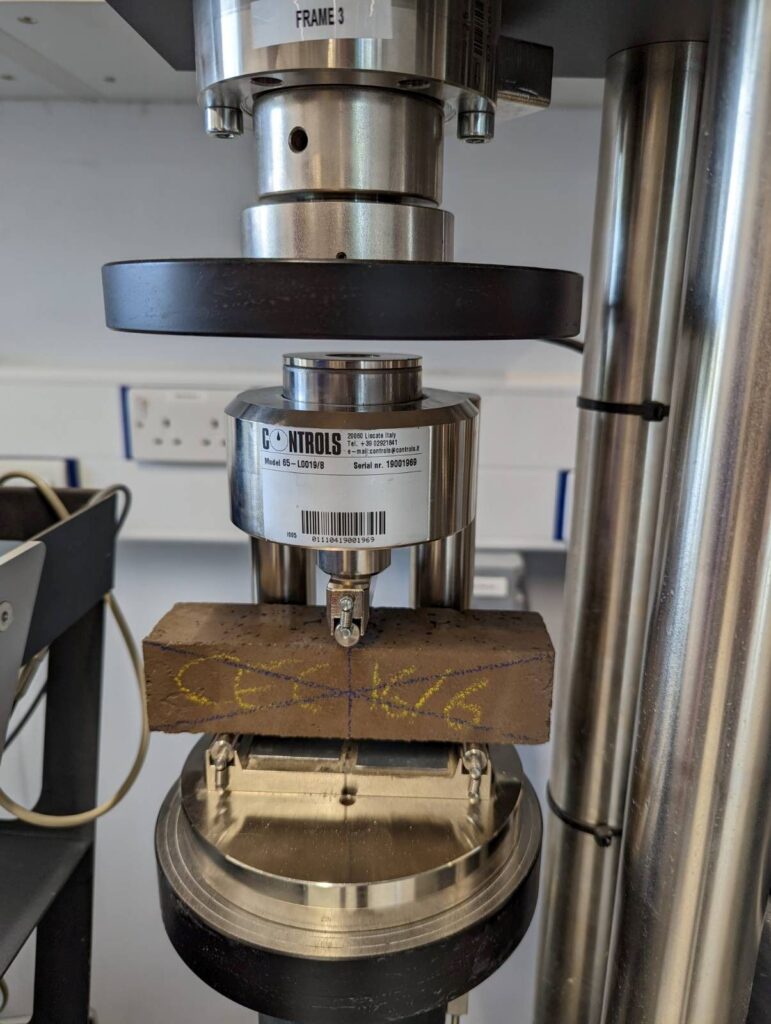Concrete is a critical material in our built environment; we use half a tonne of concrete every year for every person alive on the planet. But it’s responsible for 7.5% of total carbon emissions [1] – triple that of aviation [2]. Decarbonising cement (i.e. the energy and CO2-intensive component of concrete) is a massive challenge.
Dr Cyrille Dunant, based in the UK FIRES project at the University of Cambridge, pondered this problem, and considered whether recycling old cement could be an option: “People have always known you could recycle cement; in principle: it’s got all the right ingredients to make cement! But there is no cement to recycle, only concrete, which is 80% rock and only 20% cement”.
Cyrille and the team got to work. He knew from his PhD that it was possible to separate paste and aggregates – the first part of the puzzle – and, based on conversations with CDW processors, that this technology could be deployed at scale.
The more difficult challenge was working out how to reclinker this recovered cement paste. Attempts to reclinker cement using conventional kilns resulted in lower grade, high belite cement, because there is not quite enough calcium for the process. And, even to make this, fossil fuels and associated emissions are still required.
However, when reading articles on steel recycling (an electric processes involving no combustion), Cyrille noticed that the reported slag compositions were very close to cement. In fact, some papers even reported Alite contentin EAF slags: the main component of Portland cement. Perhaps the higher temperature and the presence of large amount of molten steel could solve the clinkering problem?

The first experiments showed that the paste could be reclinkered, but yielded only Belite, Alite’s less reactive cousin. However, applying the empirical recipes of the cement industry, the experiments was run again, with added lime. In principle, this should not have worked: the system would be too lime rich. But, lo and behold, Portland cement was produced, with no more energy than required for the steel recycling. A second trial with another cement produced the same results. The slag, ground and blended with calcium sulphate behaved like a Portland cement – setting and gaining strength, as hoped.
And so Cambridge Electric Cement’s co-production process was born.
[1] Source: IEA – (~2.4GtCO2e/year, 2022)
[2] Source: Our World in Data (~0.7GtCO2e/year, 2021)